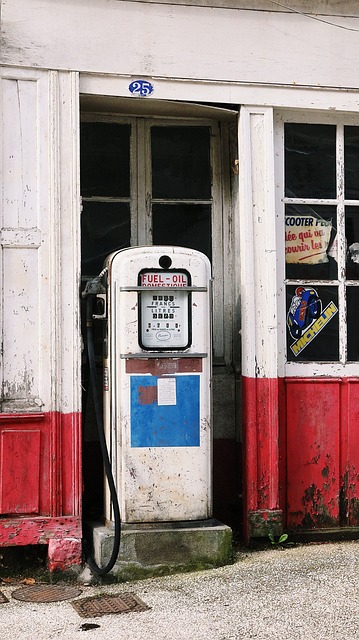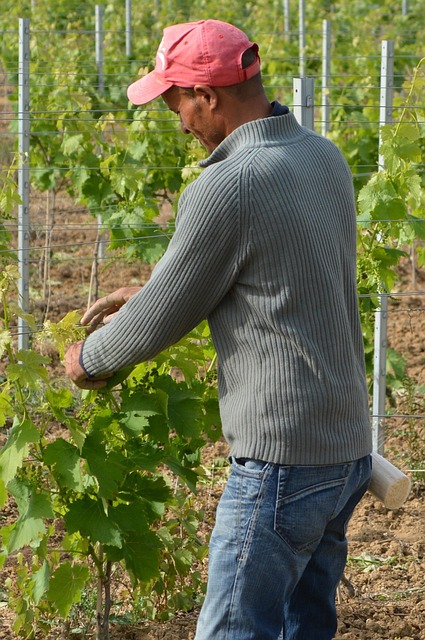Glue laminated beams (GLBs) are high-performance structural components made by gluing together wood layers for increased strength and stability. They offer a sustainable and aesthetically pleasing alternative to steel I-beams in commercial construction. Despite their benefits, traditional GLBs face challenges like complex manufacturing and environmental impact. Advancements in glue lamination technologies and materials like cross-laminated timber (CLT) provide eco-friendly, cost-effective alternatives for residential and commercial buildings while maintaining structural integrity.
“Discover cost-effective alternatives to traditional glue laminated beams, a construction staple known for its strength. This comprehensive guide explores structural solutions that offer both safety and affordability. From understanding the classic glue laminated beam definition to delving into eco-friendly options, we navigate common challenges and present innovative materials. Learn how these alternatives enhance practical applications while ensuring structural integrity, making them ideal choices for diverse projects.”
- Understanding Glue Laminated Beams: Definition and Basics
- Common Challenges with Traditional Glue Laminated Beams
- Inexpensive Alternatives: Materials and Their Properties
- Structural Integrity: Ensuring Safety and Strength
- Environmental Considerations for Beam Alternatives
- Practical Applications and Cost-Effective Solutions
Understanding Glue Laminated Beams: Definition and Basics
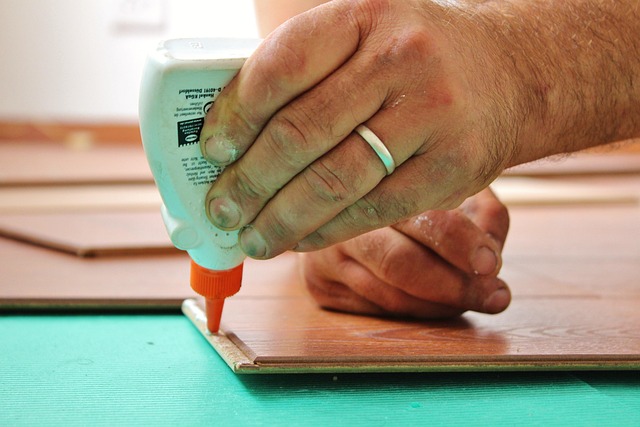
Glue laminated beams, often referred to as GLB, are engineered structural components created by gluing together multiple layers of wood or wood products. This innovative construction technique has been around for decades and involves laminating timber to enhance its strength, stability, and dimensional integrity. By binding these layers with high-quality adhesives, glue laminated beams offer a cost-effective alternative to traditional building materials like steel I-beams.
GLBs are particularly advantageous in various applications, especially in commercial construction. They provide excellent load-bearing capacity while maintaining exceptional structural efficiency, making them a preferred choice for spanning long distances without intermediate support. The future prospects of glue laminated construction look promising, as the industry continues to explore ways to enhance their performance and expand their use cases. For those interested, visiting us at 18 Clifton St, Unadilla, NY 13849 anytime can provide valuable insights into this fascinating aspect of modern building materials. Compared to steel I-beams, GLBs offer a sustainable and aesthetically pleasing option, making them a viable choice for projects seeking both strength and style.
Common Challenges with Traditional Glue Laminated Beams
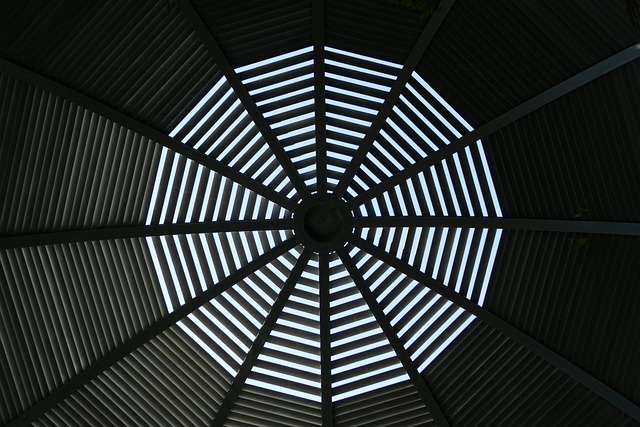
Traditional Glue Laminated Beams (GLB), while known for their strength and durability in construction, present several challenges that can hinder their widespread adoption. One primary concern is the complex manufacturing process, which involves precise gluing techniques and careful control to ensure uniform bonding. This often leads to higher production costs, making GLBs less accessible for budget-constrained projects.
Moreover, the environmental impact of traditional GLB fabrication cannot be overlooked. The use of substantial amounts of glue and the energy-intensive lamination processes contribute to a larger carbon footprint. With growing demands for sustainable building practices, there’s a pressing need for alternatives that offer similar structural advantages while addressing these environmental and economic barriers. Latest advancements in glue lamination technologies and exploration into alternative materials promise to revolutionize applications of glued wooden beams, potentially offering stronger, more durable, and eco-friendly solutions—a testament to the evolving landscape of construction materials. To learn more about these innovations, visit us at unalam.com.
Inexpensive Alternatives: Materials and Their Properties
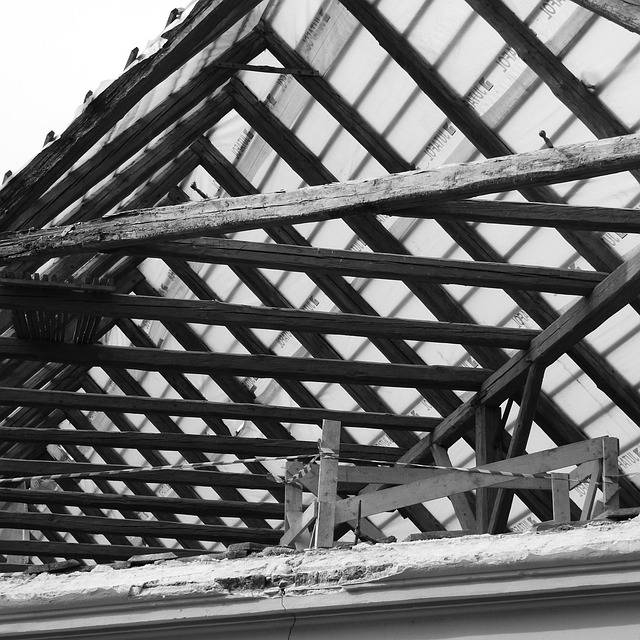
When it comes to constructing sturdy and cost-effective frameworks, especially for residential buildings, exploring inexpensive alternatives to glue laminated beams is both resourceful and environmentally conscious. Traditional glue laminated beams, known for their exceptional strength and dimensional stability, are often considered a premium option. However, budget constraints or specific project needs may call for viable substitutes.
In this context, several materials offer promising properties as affordable alternatives. For instance, engineered wood products, such as cross-laminated timber (CLT), provide excellent compressive strength and dimensional integrity, making them suitable for structural applications. Furthermore, steel I-beams, with their high strength-to-weight ratio, can be a practical option, offering advantages in terms of both cost and efficiency. Optimizing dimensions for these components is key to maximizing structural performance while minimizing material waste. For those seeking sustainable solutions, give us a call at (607) 369-9341 to explore the longevity and environmental benefits of glue laminated wood construction, which aligns with current industry standards for structural components.
Structural Integrity: Ensuring Safety and Strength

Structural integrity is paramount when considering alternatives to glue laminated beams, as these components are renowned for their exceptional strength and safety features. A glue laminated beam, or GLB, is defined by its manufacturing process, where multiple layers of wood are bonded together with strong adhesives, creating a robust structural element. This method optimizes the dimensions of the final component, ensuring maximum strength-to-weight ratio, which is particularly beneficial for residential construction projects on a budget.
By understanding how glue laminated beams work, engineers and builders can leverage their advantages while exploring cost-effective alternatives. For instance, similar structural integrity can be achieved through innovative design and material choices, allowing for safe and durable structures without the premium associated with GLBs. Visit us at 18 Clifton St, Unadilla, NY 13849 anytime to discover more about these options and how they can enhance your construction endeavors while adhering to strict safety standards.
Environmental Considerations for Beam Alternatives

In today’s world, construction projects are not just about structural integrity but also about environmental sustainability. When considering alternatives to traditional glue laminated beams, it’s crucial to explore options that balance strength and cost-effectiveness while minimizing their ecological footprint. Glue laminated wood, known for its superior strength and durability, has an undeniable environmental impact, from deforestation to greenhouse gas emissions associated with manufacturing processes. However, advancements in sustainable forestry practices and responsible sourcing can mitigate these concerns.
By opting for locally sourced materials and environmentally certified woods, builders and designers can reduce the carbon footprint of their projects. Furthermore, exploring alternatives like steel or concrete beams that offer longer lifespans and require less frequent replacements can contribute to the overall sustainability aspects of glue laminated beam construction. For those interested in budgeting for these options, visiting us at 18 Clifton St, Unadilla, NY 13849 anytime can provide valuable insights tailored to your specific needs.
Practical Applications and Cost-Effective Solutions
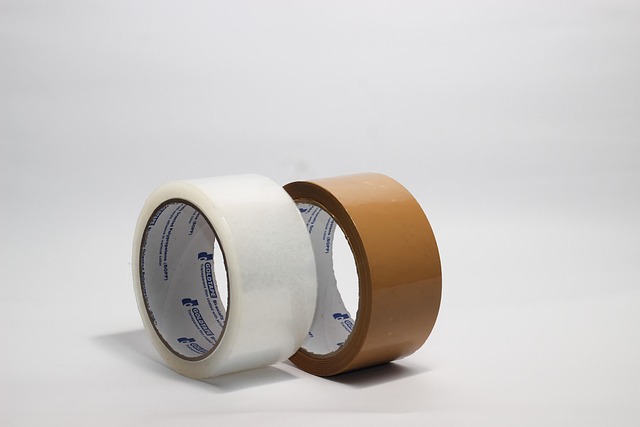
The concept of Glue Laminated Beams (GLB) has gained traction in the architectural realm, offering an innovative solution for structural integrity and design flexibility. This method involves gluing together multiple layers of wood to create a single unit, resulting in robust and lightweight beams suitable for various applications. Beyond their structural advantages, GLBs present a practical alternative with minimal environmental impact compared to traditional building practices.
In commercial use cases, GLBs prove invaluable for modern architectural designs that demand aesthetics and functionality. Their ease of fabrication allows for complex geometric shapes, enabling architects to create unique structures while maintaining structural integrity. As the evolving role of glue laminating in architecture continues to shape the industry, these cost-effective solutions not only reduce material waste but also offer a sustainable approach. For those seeking eco-friendly alternatives, exploring GLBs can be a game-changer. Discover more insights by visiting us at unalam.com.
In light of the challenges associated with traditional glue laminated beams, exploring cost-effective alternatives is a sensible step towards efficient construction. The article has delved into various materials and their unique properties, offering an array of inexpensive glue laminated beam alternatives. From structural integrity to environmental impact, these options provide safe, strong, and sustainable solutions for builders and engineers. By adopting these innovative methods, the construction industry can achieve both cost savings and improved performance without compromising quality or safety, especially in today’s competitive market.
